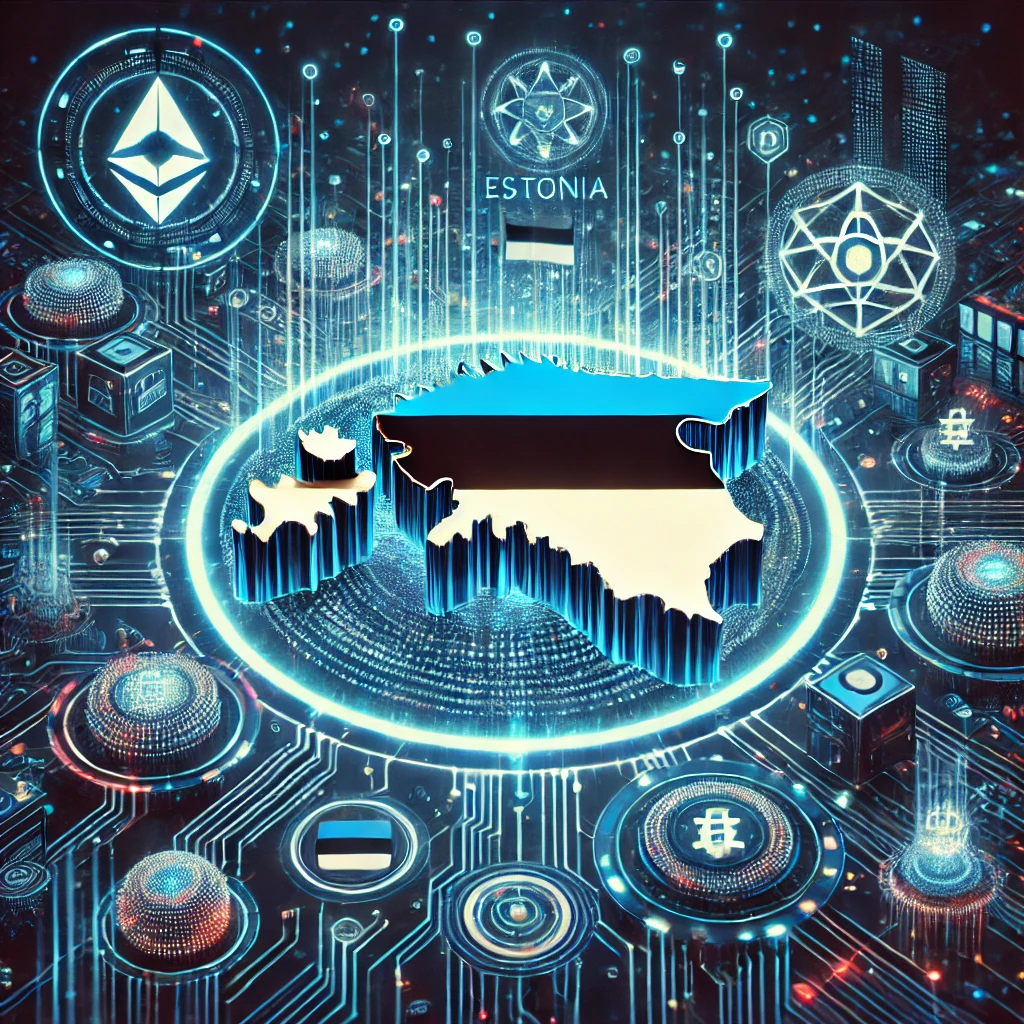In the shadow of the Tallinn Old Town’s medieval spires, a revolution quietly unfolds. Not one of street protests or military might, but of bits and bytes. Estonia, a nation of just 1.3 million people—roughly the population of New Hampshire—has become an improbable diplomatic heavyweight in a world where geopolitical conversations are typically dominated by nations with nuclear arsenals and trillion-dollar economies.
The metaphor of David versus Goliath feels almost too perfect. Here stands Estonia, a country that could fit inside Lake Michigan, facing down modern Goliaths in a global arena. The United States, China, and Russia command attention through sheer mass: economic heft, military capability, population size. But Estonia has found its slingshot.
Estonia’s strategic approach is pragmatic and focused. Too small to excel in every domain of international relations, the country has chosen to become disproportionately advanced in digital governance—transforming from a post-Soviet footnote into a nation that punches dramatically above its diplomatic weight.
The World’s First Digital Republic
When Estonia regained independence in 1991 as the Soviet Union collapsed, it faced both opportunity and precariousness. Starting nearly from scratch with a decimated economy became Estonia’s unexpected advantage. While established nations struggled with digitizing labyrinthine bureaucracies built over centuries, Estonia could start fresh.
In the modest government offices of Tallinn, a radical vision took shape: what if a country could exist not just as physical territory but as digital infrastructure? The result was e-Estonia, an initiative that has transformed nearly every aspect of citizen-state interaction.
Today, Estonians can vote, file taxes, sign legally binding documents, access medical records, and, as of January 2025, engage with 100% of government services online through their digital ID cards. The system is built on X-Road, a decentralized data exchange layer that connects various public and private databases, allowing for secure, efficient information sharing while maintaining privacy.
This digital transformation has become more than domestic policy—it’s the cornerstone of Estonia’s diplomatic identity. When Estonian diplomats enter international forums, they come armed with expertise that even the largest nations covet.
Cybersecurity: Born of Necessity
On April 27, 2007, Estonia faced what was then unprecedented—a massive, coordinated cyberattack that crippled government websites, media outlets, and banking systems. This crisis fundamentally altered Estonia’s security perspective, leading to a nationwide investment in cybersecurity infrastructure and expertise.
Estonia now hosts the NATO Cooperative Cyber Defence Centre of Excellence in Tallinn, which has become the alliance’s brain trust for cyber warfare doctrine. In diplomatic circles, Estonian representatives have become sought-after voices on cybersecurity. When UN committees discuss cyber norms or digital governance, Estonian diplomats often find themselves in positions of influence disproportionate to their country’s size.
The Amplification Strategy
Estonia has mastered the art of diplomatic leverage through carefully chosen alliances and forums. The Digital Nations group (formerly D9), a coalition of the world’s most digitally advanced governments, provides Estonia a platform where size is irrelevant and innovation paramount.
This strategic approach to international engagement compensates for Estonia’s limited diplomatic resources. While the country cannot maintain embassies worldwide, it ensures representation in the key forums where digital policy and cybersecurity are shaped.
Digital Diaspora
Perhaps Estonia’s most innovative diplomatic strategy is how it has redefined citizenship itself. The country’s e-Residency program allows non-Estonians to obtain digital identification, access Estonian services, and establish businesses in the EU through Estonia—without ever setting foot in the country.
More than 122,000 people from 184 countries have become e-residents, creating a global community with ties to Estonia. This “digital diaspora” represents a novel form of soft power, expanding the country’s influence beyond traditional diplomatic channels.
The Template for Small State Influence
Estonia’s approach offers lessons for other small states navigating a world dominated by great powers. Specialization, technological innovation, and strategic alliance-building can transform limitations into advantages.
Estonian foreign policy demonstrates a disciplined focus on the country’s areas of genuine expertise, particularly digital governance and cybersecurity. This strategy requires consistency across changing governments and sustained investment in technological infrastructure.
As great power competition intensifies, the Estonian model suggests that nimble nations can carve out vital specialized roles that make them indispensable to the international system.
In a former Soviet command center outside Tallinn—now repurposed as a tech incubator—young Estonian programmers develop the next generation of governance applications. Their work represents the continuous development of Estonia’s most powerful diplomatic asset. The medieval walls of Tallinn Old Town still stand, but in the digital age, Estonia is demonstrating that influence can flow not just from size, but from specialized expertise, carefully deployed.
The Digital David has found its slingshot, and the diplomatic Goliaths are paying attention.
